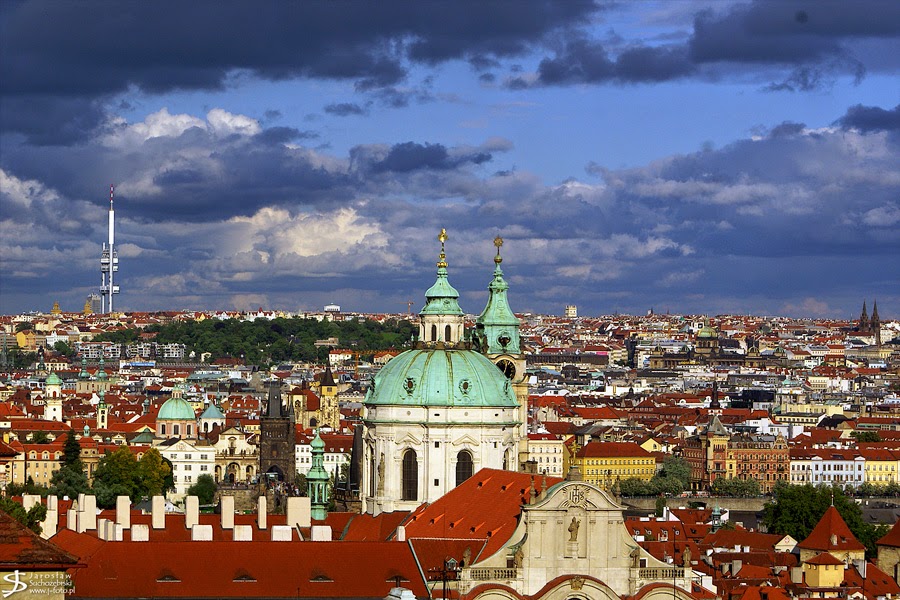Karkonosze (Giant Mountains) is one of the most interesting mountain regions in Central Europe, both in terms of landscape and nature. Along the main ridge runs the Czech-Polish border. On both sides of the border are designated national parks, and these together constitute a cross-border biosphere reserve under the UNESCO Man and the Biosphere Programme. You can find there characteristic rock formations, unique forest ecosystems, alpine animals and plants, including endemic species and post-glacial relicts. The richest place in Karkonosze in terms of the flora are Snowy Cirques. The walls of post-glacier cirques present endemic vegetation, especially the Basalt Core in the Small Snowy Cirque - unique in the whole of Europe. You can find there the relict of the Ice Age - snow saxifrage, and the endemite - basalt saxifrage. ABC Wednesday

















